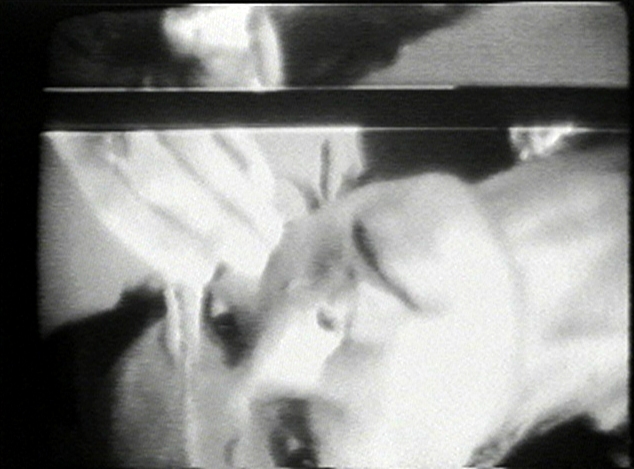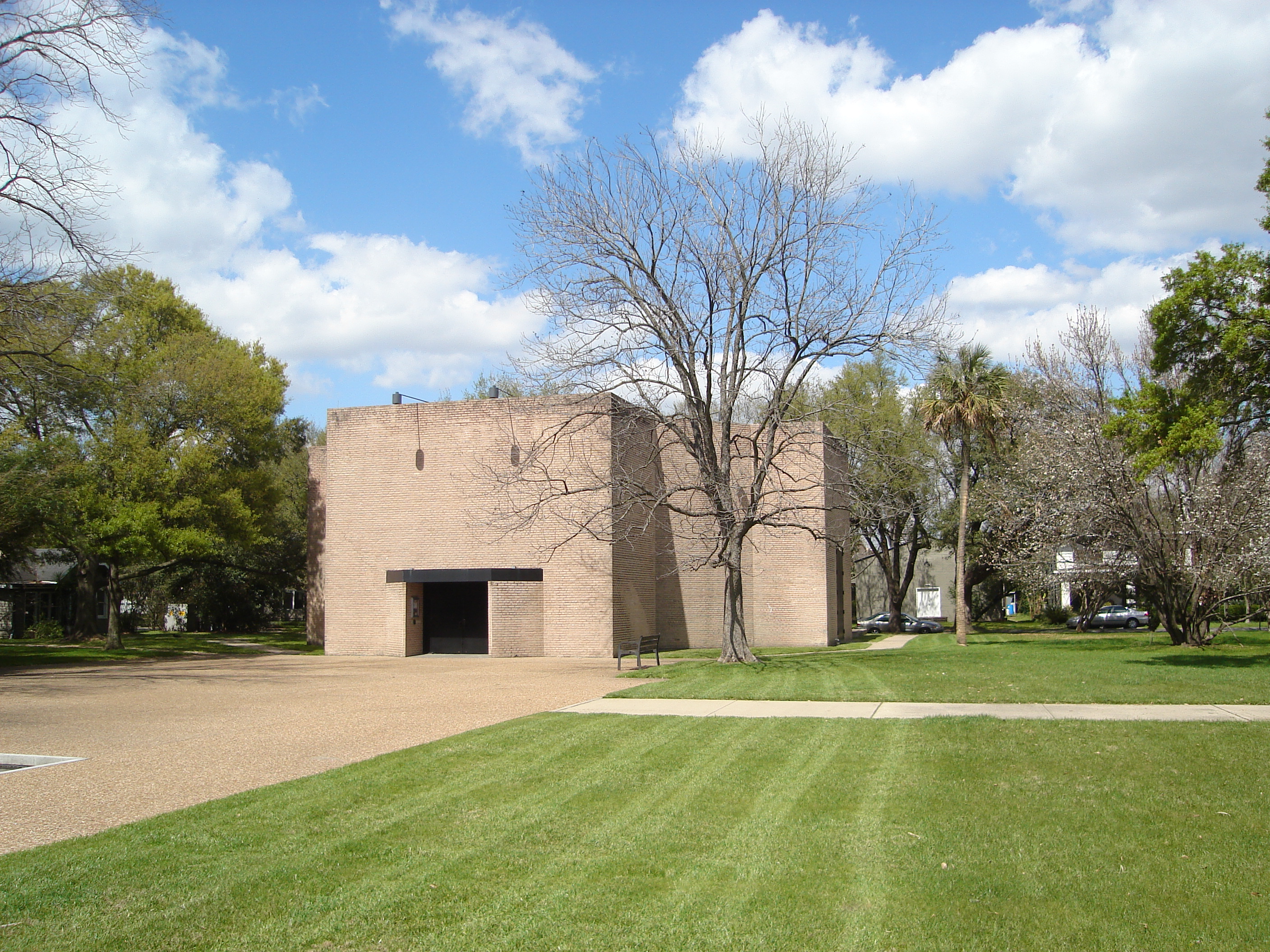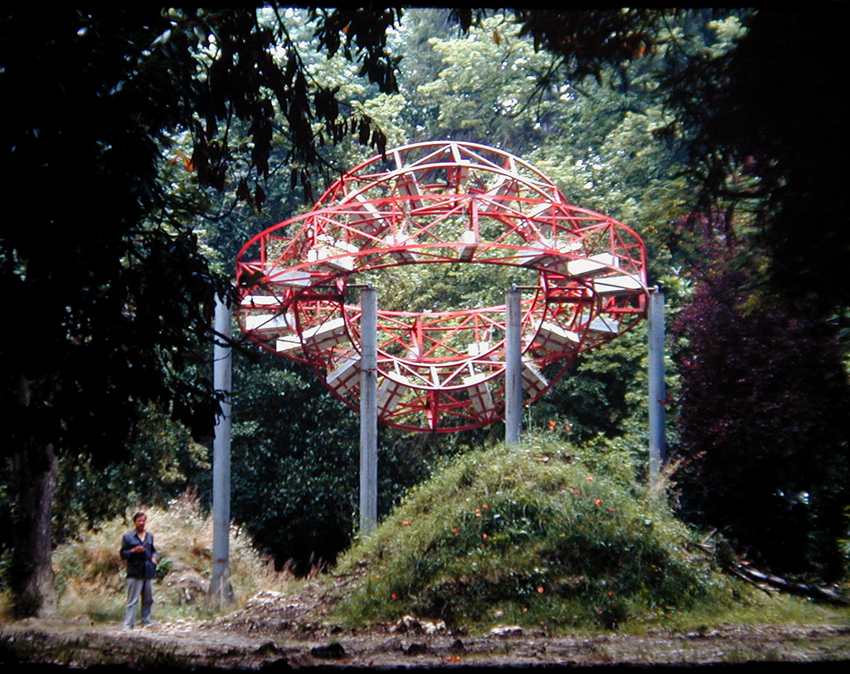|
Video Painting
Video painting is a form of video art presented via projectors, liquid crystal display, LCD or other flat panel display and wall-mounted in the same manner as traditional paintings. Video painting is a relatively new concept that was first coined by Brian Eno in the 1980s to refer to his experimentations with long-form video art. It was later developed upon by Hilary Lawson. History Video painting began as a way for Eno to expand upon the Ambient music, ambient philosophy of his music in a visual form. He explained the coinage and practice of video painting to NME: "I was delighted to find this other way of using video because at last here's video which draws from another source, which is painting... I call them 'video paintings' because if you say to people 'I make videos', they think of Sting's new rock video or some really boring, grimy 'Video Art'. It's just a way of saying, 'I make videos that don't move very fast." The idea of video painting was later taken up in Hilary Law ... [...More Info...] [...Related Items...] OR: [Wikipedia] [Google] [Baidu] |
Video Art
Video art is an art form which relies on using video technology as a visual and audio medium. Video art emerged during the late 1960s as new consumer video technology such as video tape recorders became available outside corporate broadcasting. Video art can take many forms: recordings that are broadcast; installation art, installations viewed in galleries or museums; works either streamed online, or distributed as video tapes, or on DVDs; and performances which may incorporate one or more television sets, video monitors, and projections, displaying live or recorded images and sounds. Video art is named for the original analog video tape, which was the most commonly used recording technology in much of the form's history into the 1990s. With the advent of digital recording equipment, many artists began to explore digital technology as a new way of expression. Video art does not necessarily rely on the conventions that define theatrical cinema. It may not use actors, may contain no ... [...More Info...] [...Related Items...] OR: [Wikipedia] [Google] [Baidu] |
Nina Danino
Nina Danino (born 1955) is an experimental filmmaker and academic from Gibraltar, known for work that incorporates aspects of psychoanalysis and art and draws on the cultural heritage of Gibraltar.Danino, Nina, and Catherine Grant. 2005. Visionary landscapes: the films of Nina Danino. London: Black Dog Publishing. Early life and education Danino was born in Gibraltar in 1955. She moved to London, England, London, England for post-secondary studies at the St. Martin's School of Art (Foundation, 1973–74; BA Hons Fine Art, 1974–77), later pursuing her MA in Environmental Media at the Royal College of Art (1979–81). Career Nina Danino worked for a number of years as a film and video editor and assistant for documentary programmes at the BBC and elsewhere. Her films have been screened at venues such as the Lux Prize and National Film Theatre. In addition to her filmmaking, Danino has worked as a writer, educator and sound artist, creating soundtracks to a number of films ... [...More Info...] [...Related Items...] OR: [Wikipedia] [Google] [Baidu] |
Video Art
Video art is an art form which relies on using video technology as a visual and audio medium. Video art emerged during the late 1960s as new consumer video technology such as video tape recorders became available outside corporate broadcasting. Video art can take many forms: recordings that are broadcast; installation art, installations viewed in galleries or museums; works either streamed online, or distributed as video tapes, or on DVDs; and performances which may incorporate one or more television sets, video monitors, and projections, displaying live or recorded images and sounds. Video art is named for the original analog video tape, which was the most commonly used recording technology in much of the form's history into the 1990s. With the advent of digital recording equipment, many artists began to explore digital technology as a new way of expression. Video art does not necessarily rely on the conventions that define theatrical cinema. It may not use actors, may contain no ... [...More Info...] [...Related Items...] OR: [Wikipedia] [Google] [Baidu] |
Jackson Pollock
Paul Jackson Pollock (; January 28, 1912August 11, 1956) was an American painter. A major figure in the abstract expressionist movement, Pollock was widely noticed for his "Drip painting, drip technique" of pouring or splashing liquid household paint onto a horizontal surface, enabling him to view and paint his canvases from all angles. It was called all-over painting and action painting, since he covered the entire canvas and used the force of his whole body to paint, often in a frenetic dancing style. This extreme form of abstraction divided critics: some praised the immediacy of the creation, while others derided the random effects. A reclusive and volatile personality, Pollock struggled with alcoholism for most of his life. In 1945, he married the artist Lee Krasner, who became an important influence on his career and on his legacy. Pollock died at age 44 in an alcohol-related single-car collision when he was driving. In December 1956, four months after his death, Pollock was ... [...More Info...] [...Related Items...] OR: [Wikipedia] [Google] [Baidu] |
Mark Rothko
Mark Rothko ( ; Markus Yakovlevich Rothkowitz until 1940; September 25, 1903February 25, 1970) was an American abstract art, abstract painter. He is best known for his color field paintings that depicted irregular and painterly rectangular regions of color, which he produced from 1949 to 1970. Although Rothko did not personally subscribe to any one school, he is associated with the American abstract expressionism movement of modern art. Born to a Jews, Jewish family in Daugavpils, Latvia, then part of the Russian Empire, Rothko emigrated with his parents and siblings to the United States, arriving at Ellis Island in late 1913 and originally settling in Portland, Oregon. He moved to New York City in 1923 where his youthful period of artistic production dealt primarily with urban scenery. In response to World War II, Rothko's art entered a transitional phase during the 1940s, where he experimented with mythological themes and Surrealism to express tragedy. Toward the end of the d ... [...More Info...] [...Related Items...] OR: [Wikipedia] [Google] [Baidu] |
Generative Art
Generative art is post-conceptual art that has been created (in whole or in part) with the use of an autonomous system. An ''autonomous system'' in this context is generally one that is non-human and can independently determine features of an artwork that would otherwise require decisions made directly by the artist. In some cases the human creator may claim that the Generative systems, generative system represents their own artistic idea, and in others that the system takes on the role of the creator. "Generative art" often refers to algorithmic art (algorithmically determined Computer-generated artwork, computer generated artwork) and synthetic media (general term for any algorithmically generated media), but artists can also make generative art using systems of chemistry, biology, mechanics and robotics, smart materials, manual randomization, mathematics, data mapping, symmetry, and Tessellation, tiling. Generative algorithms, algorithms programmed to produce artistic work ... [...More Info...] [...Related Items...] OR: [Wikipedia] [Google] [Baidu] |
Plasma Screen
A plasma display panel is a type of flat-panel display that uses small cells containing plasma: ionized gas that responds to electric fields. Plasma televisions were the first large (over diagonal) flat-panel displays to be released to the public. Until about 2007, plasma displays were commonly used in large televisions. By 2013, they had lost nearly all market share due to competition from low-cost liquid-crystal displays (LCDs). Manufacturing of plasma displays for the United States retail market ended in 2014, and manufacturing for the Chinese market ended in 2016. Plasma displays are obsolete, having been superseded in most if not all aspects by OLED displays. Competing display technologies include cathode-ray tube (CRT), organic light-emitting diode (OLED), CRT projectors, AMLCD, digital light processing (DLP), SED-tv, LED display, field emission display (FED), and quantum dot display (QLED). History Early development Kálmán Tihanyi, a Hungarian engineer, des ... [...More Info...] [...Related Items...] OR: [Wikipedia] [Google] [Baidu] |
Tina Keane
Tina Keane (born 1940) is a British artist who has worked with film, video, digital media, and performance, and been a forerunner of multimedia art in the UK. Reflecting a feminist perspective, her works have often explored gender roles, sexuality, and political concerns. She has stated that her work is primarily about "identity and play". Biography Keane studied at the Hammersmith College of Art and at the Sir John Cass School of Art (1967–70) and received an MA in Independent Film and Video from the London College of Printing (1995–96). She was a founder member of the non-profit women’s film distribution organization Circles - Women in Distribution. Keane also curated and programmed exhibitions and screenings including The New Pluralism exhibition at the Tate Gallery, with Michael O'Pray, in 1985. Keane has been an important influence on successive generations of artists in the UK as a teacher at Central Saint Martins College of Arts and Design, London, where she was Le ... [...More Info...] [...Related Items...] OR: [Wikipedia] [Google] [Baidu] |
Isabelle Inghillieri
Isabel is a female name of Iberian origin. Isabelle is a name that is similar, but it is of French origin. It originates as the medieval Spanish form of '' Elisabeth'' (ultimately Hebrew ''Elisheba''). Arising in the 12th century, it became popular in England in the 13th century following the marriage of Isabella of Angoulême to the king of England. Today it is sometimes abbreviated to Isa. Etymology This set of names is a Spanish variant of the Hebrew name Elisheba through Latin and Greek represented in English and other European languages as Elisabeth.Albert Dauzat, ''Noms et prénoms de France'', Librairie Larousse 1980, édition revue et commentée par Marie-Thérèse Morlet, p. 337a.Chantal Tanet et Tristan Hordé, ''Dictionnaire des prénoms'', Larousse, Paris, 2009, p. 38 These names are derived from the Latin and Greek renderings of the Hebrew name based on both etymological and contextual evidence (the use of Isabel as a translation of the name of the mother of John th ... [...More Info...] [...Related Items...] OR: [Wikipedia] [Google] [Baidu] |
Liquid Crystal Display
A liquid-crystal display (LCD) is a flat-panel display or other Electro-optic modulator, electronically modulated optical device that uses the light-modulating properties of liquid crystals combined with polarizers to display information. Liquid crystals do not emit light directly but instead use a backlight or Reflector (photography), reflector to produce images in color or Monochrome monitor, monochrome. LCDs are available to display arbitrary images (as in a general-purpose computer display) or fixed images with low information content, which can be displayed or hidden: preset words, digits, and seven-segment displays (as in a digital clock) are all examples of devices with these displays. They use the same basic technology, except that arbitrary images are made from a matrix of small pixels, while other displays have larger elements. LCDs are used in a wide range of applications, including LCD televisions, computer monitors, Dashboard, instrument panels, flight instrument ... [...More Info...] [...Related Items...] OR: [Wikipedia] [Google] [Baidu] |
William Raban
William is a masculine given name of Germanic origin. It became popular in England after the Norman conquest in 1066,All Things William"Meaning & Origin of the Name"/ref> and remained so throughout the Middle Ages and into the modern era. It is sometimes abbreviated "Wm." Shortened familiar versions in English include Will or Wil, Wills, Willy, Willie, Bill, Billie, and Billy. A common Irish form is Liam. Scottish diminutives include Wull, Willie or Wullie (as in Oor Wullie). Female forms include Willa, Willemina, Wilma and Wilhelmina. Etymology William is related to the German given name ''Wilhelm''. Both ultimately descend from Proto-Germanic ''*Wiljahelmaz'', with a direct cognate also in the Old Norse name ''Vilhjalmr'' and a West Germanic borrowing into Medieval Latin ''Willelmus''. The Proto-Germanic name is a compound of *''wiljô'' "will, wish, desire" and *''helmaz'' "helm, helmet".Hanks, Hardcastle and Hodges, ''Oxford Dictionary of First Names'', Oxford Univers ... [...More Info...] [...Related Items...] OR: [Wikipedia] [Google] [Baidu] |
Sanchita Islam
Sanchita Islam (28 April 1973 – 3 July 2023) was an English artist, painter, writer and filmmaker of Bangladeshi descent. In 1999, she founded Pigment Explosion, which has branched out into projects including film, painting, drawing, writing and photography. Early life Islam was born in Manchester, Lancashire, England Sanchita Islam to Bangladeshi parents. Islam's father died when she was eight months old, at the time her mother was in her mid 20s with three children under the age of four. Islam and her sisters were brought up by their mother and step-father. Her mother was a social worker in Manchester and Oldham. From 1977 to 1984, Islam attended Amberleigh Preparatory School. From 1984 to 1991, she attended Chorlton Convent High School for Girls. In June 1991, she completed A-levels in Art, English Literature, History at Loreto College in Manchester. In June 1992, she completed an Art foundation diploma at Manchester Metropolitan University. In September 1996, Islam gr ... [...More Info...] [...Related Items...] OR: [Wikipedia] [Google] [Baidu] |






